Over the winter I purchased a full set of clearwing pheromone lures and a pheromone trap from Anglian Lepidopterist Supplies (ALS) I was keen to see more of these species having only encountered Currant Clearwing and Six-belted Clearwing previously.
So with a partial day working at home in Romsey and lovely warm and sunny conditions, I studied the range, flight periods and foodplants of the 16 British species and decided to try for Large Red-belted Clearwing using the ‘cul’ lure.

After an hour or so I popped outside and was amazed to see a clearwing in the trap, expecting it to be a Large Red-belted I was surprised when I captured the animal and realised it was a stunning fresh Red-belted Clearwing.
This was an unexpected catch as the species is said to fly from mid-June and comes to the ‘myo’ lure.
Still, I am not complaining, this was a stunning beast!
The Red-belted Clearwing is classified as Nationally Notable B but is actually probably more widespread than this status indicates.
The species is found through south-east England roughly south-east of a line from the River Severn to the Wash.
The larval foodplant is apple but it has also been recorded from hawthorn, pear, almond, and rowan.
The species is found in open woodland, gardens and orchards.
Simon Colenutt
I began birdwatching at the age of nine when living on the Isle of Wight. After obtaining a copy of the Isle of Wight Bird Report from 1976 I realised that Manx Shearwater, Arctic Skua, Pomarine Skua and Black Tern were regularly seen at St.Catherine's Point, only five miles from my home village of Chale Green. To a nine year old these birds were near mythical and so I just had to go and try to see them. Little did I know that these birds were seasonal and after a long winter of seeing nothing I eventually started to bump into other birdwatchers as March drew to a close. It was then that Dave Hunnybun, Dave Wooldridge, Paul Castle, Peter Gandy and Audrey Wilkinson introduced me to the art of seawatching and the joys of bird migration, I have not looked back since.
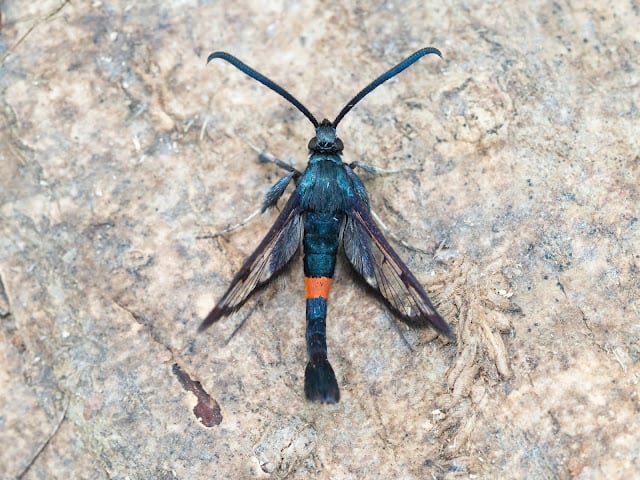
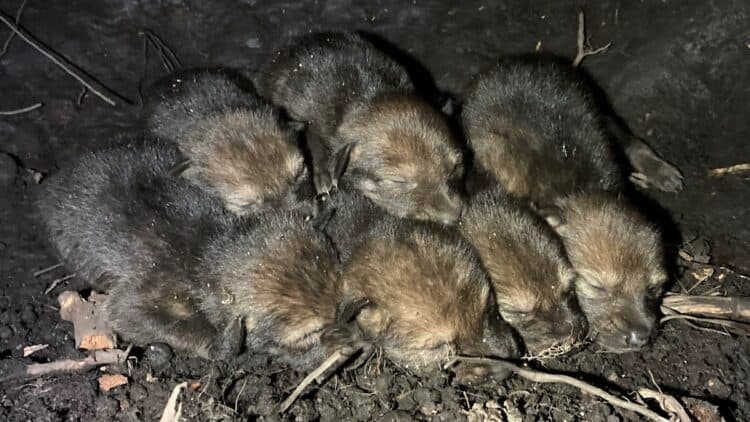
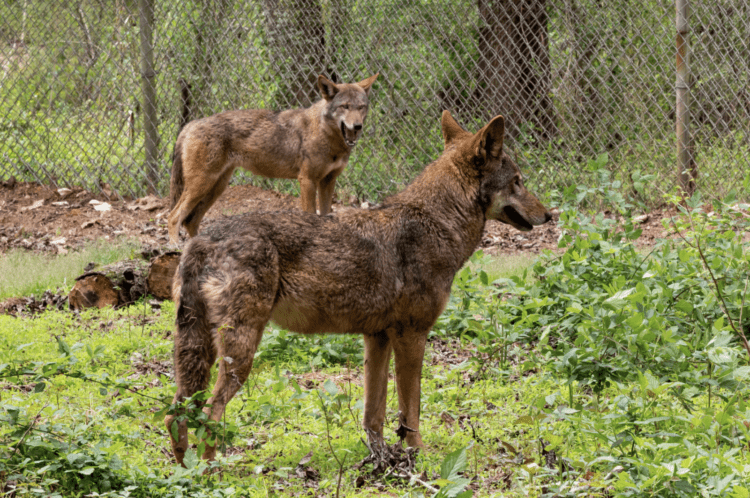
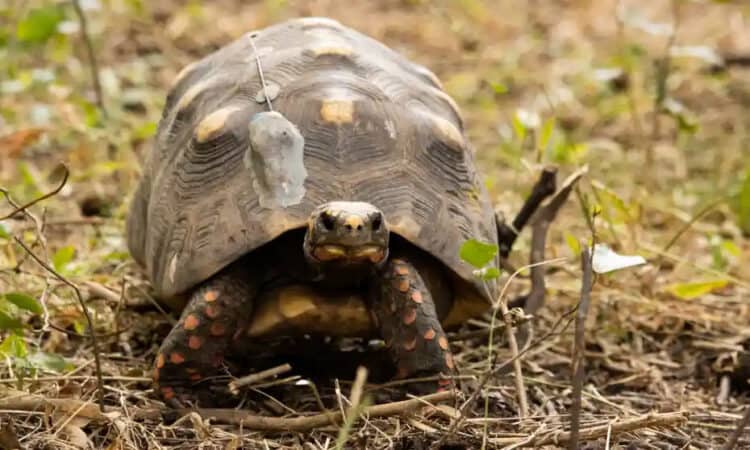
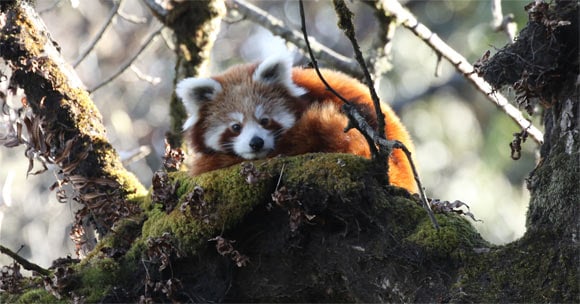
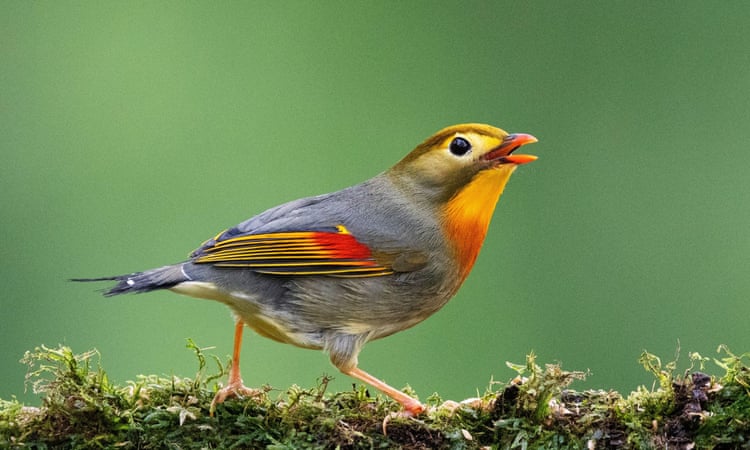
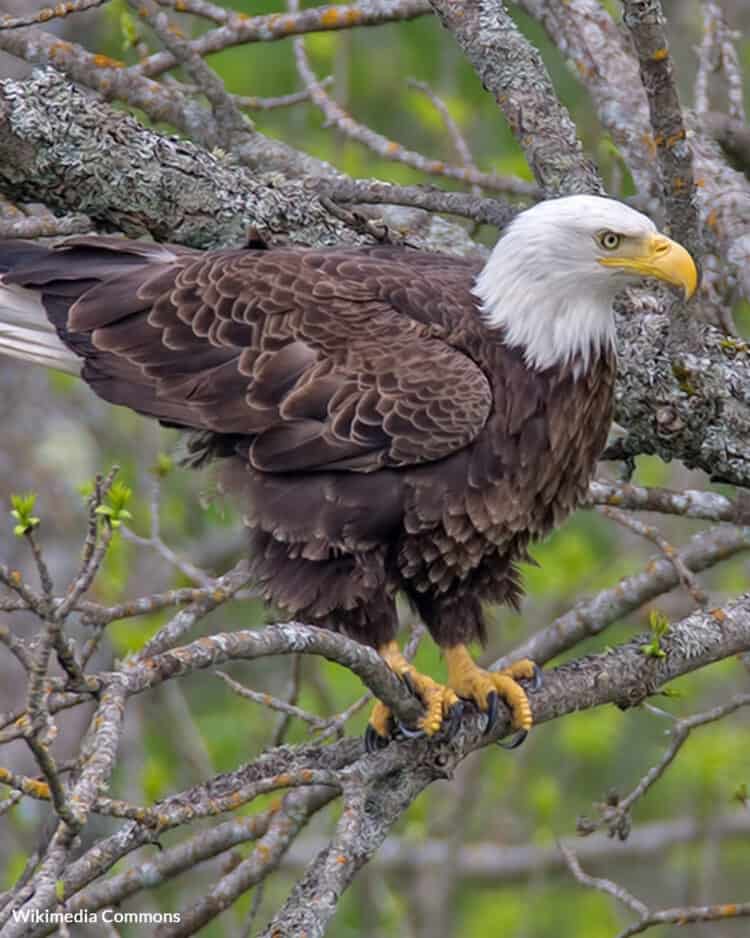
Leave a Reply